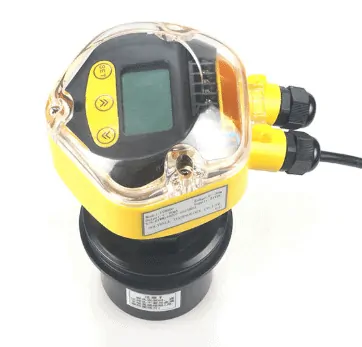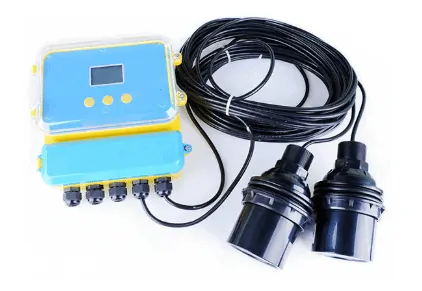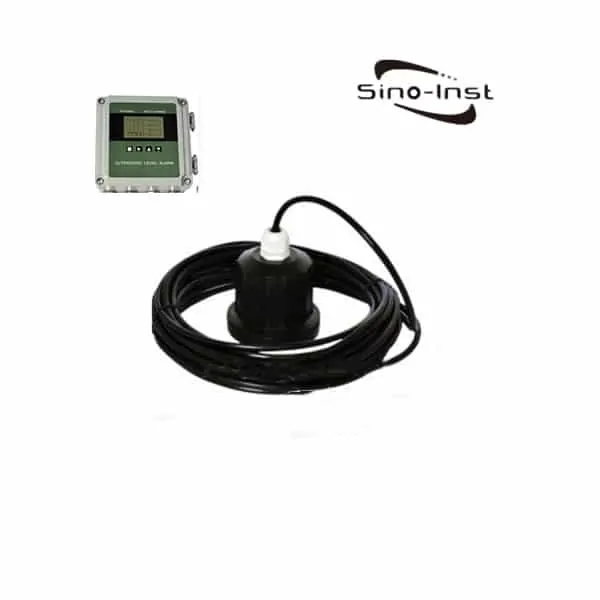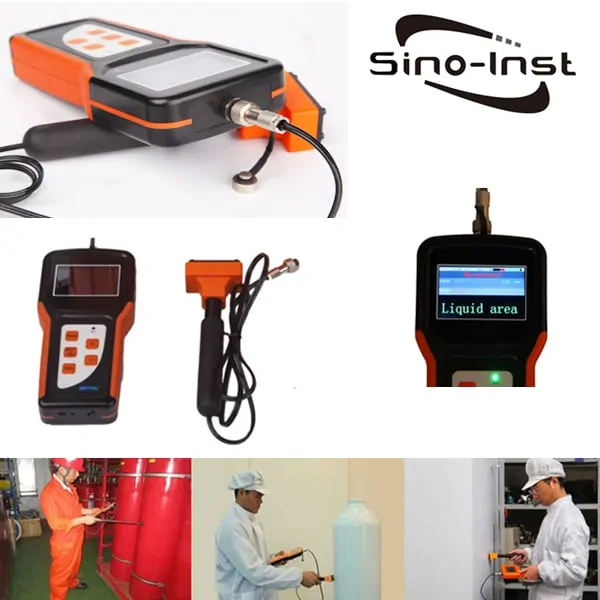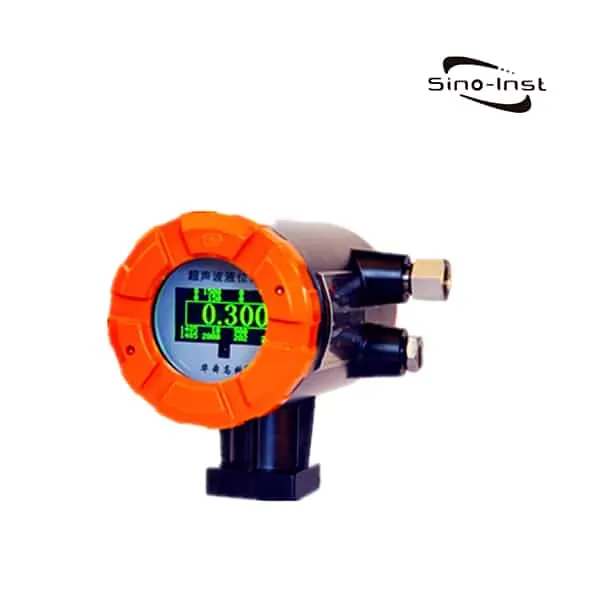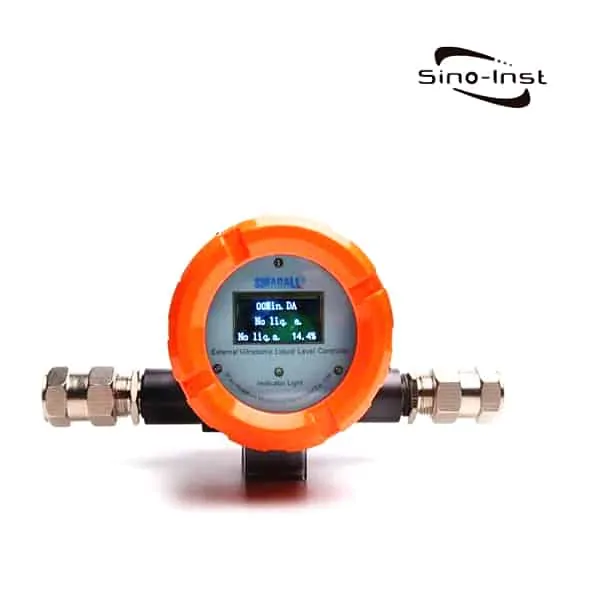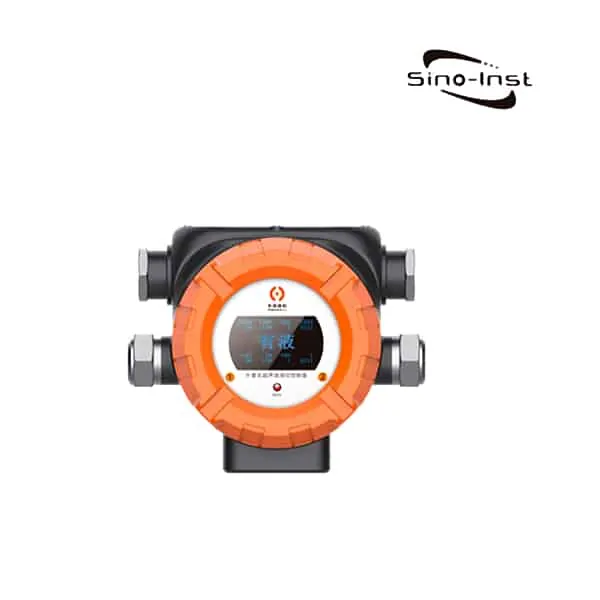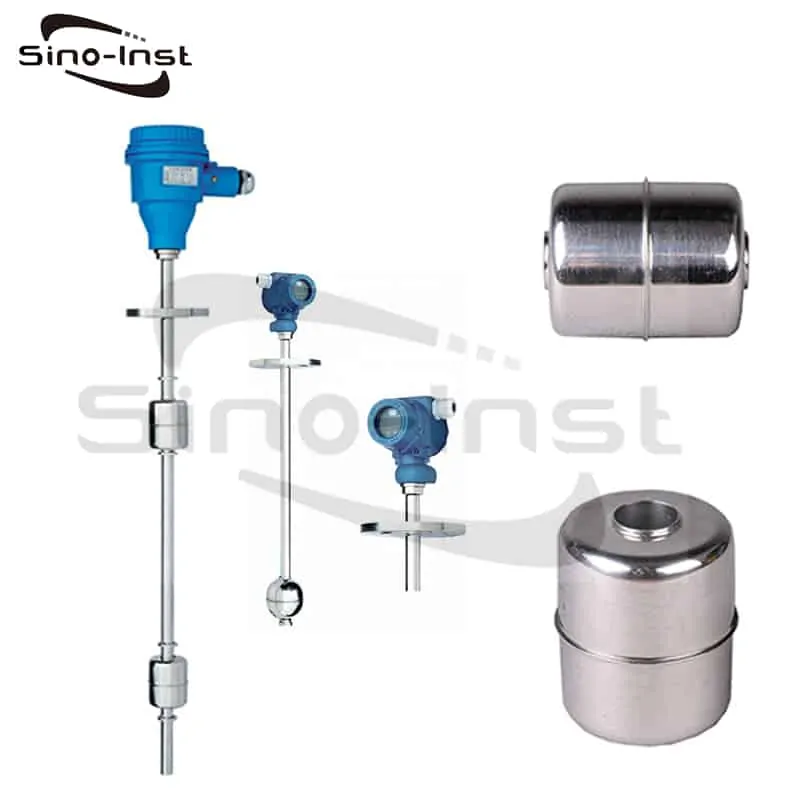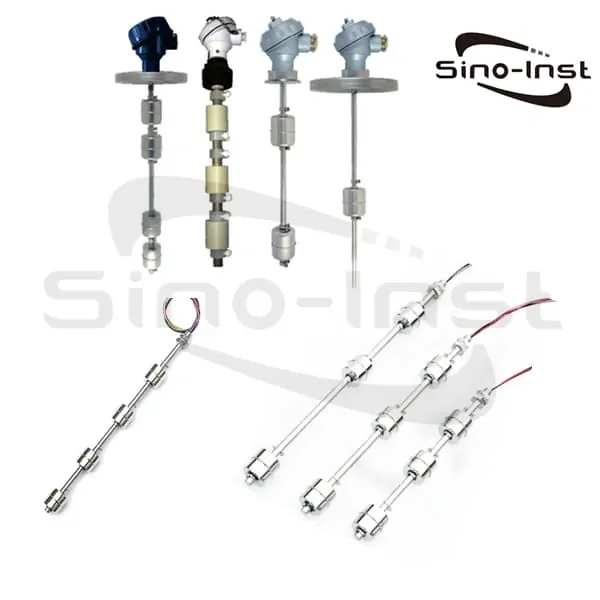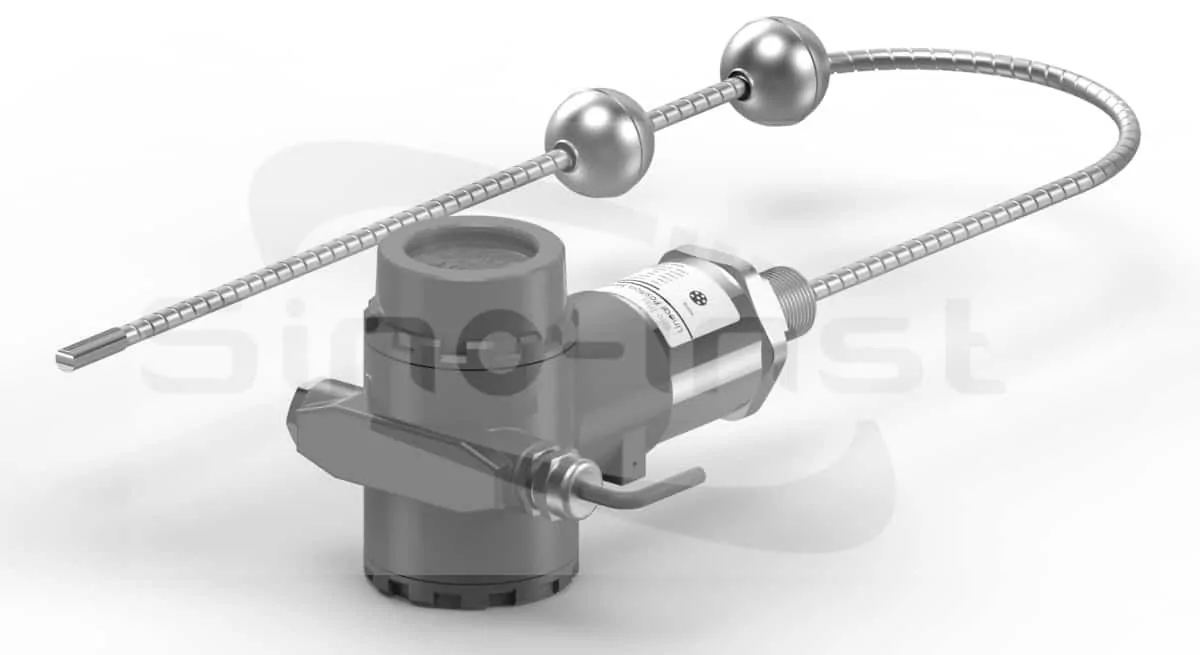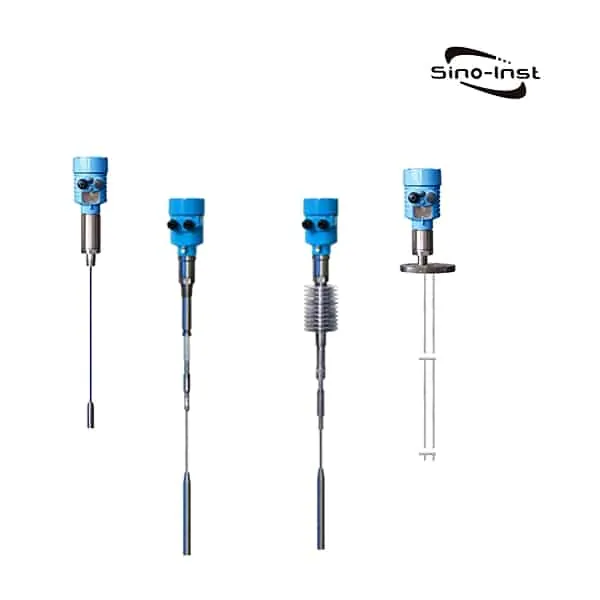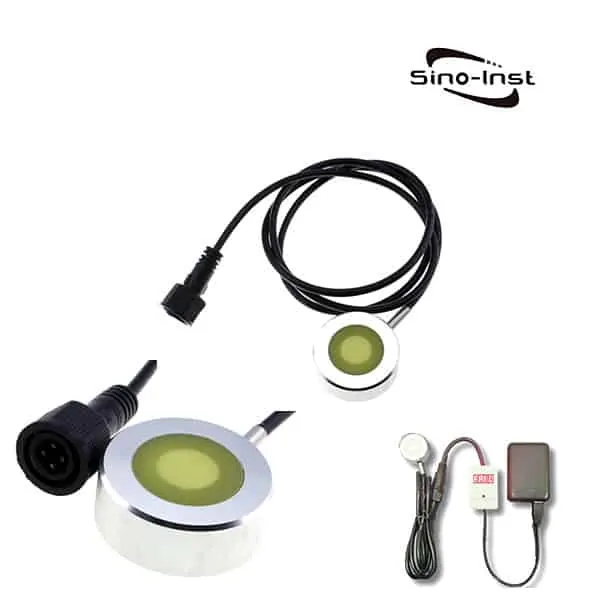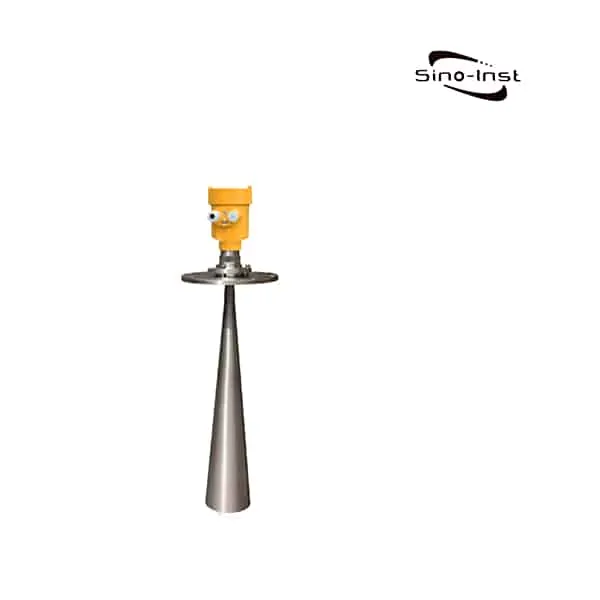
Level sensor for solids is suitable for measuring the level of Dry Material (Bulk Solids and Powders). There are many kinds of meters that can automatically and continuously detect the material level. Such as electrode type, ultrasonic type, heavy hammer type, and so on. The radar level sensor stands out because of its high-precision performance. Radar level sensors can perform reliable level measurements of dust-containing particles, granules, powder, or aggregates in silos, silos, crushers, stockpiles, or transfer station applications. It is suitable for occasions with large changes in dust, temperature and pressure, and the presence of inert gas and steam.
Features of SIRD-903 Radar level Sensor for solid
Specifications of SIRD-903 26 GHz Radar level Sensor
| Application: | Solid materials, strong dust, easy to crystallize, and condensation |
| Measuring Range: | 70 meters |
| Process Connection: | Universal flange |
| Process Temperature: | -40~130℃(standard type) / -40~250℃(high temperature type) |
| Process Pressure: | -0.1~4.0 MPa (flat flange) -0.1~0.3 MPa (universal flange) |
| Accuracy: | ±15mm |
| Protection Grade: | IP67 |
| Frequency Range: | 26GHz |
| Supply: | Two-wire system (DC24V) / Four-wire system (DC24V/AC220V) |
| Signal Output: | Exia ⅡC T6 Ga / Exd IIC T6 Gb |
| Outer Covering: | Aluminum Single Chamber / Aluminum Dual Chamber / Plastic / Stainless Steel Single Chamber |
| Explosion-proof Grade: | 4…20mA/HART (two-wire/four-wire) / RS485 Mod bus |
| Antenna Material | Stainless steel |
Applications of Radar level Sensor for solids – Dust solid level measurement
Radar level sensors for solids can measure the maximum distance up to 70 meters. Compared with ordinary measuring instruments, the antenna of the Radar level sensor is further optimized and processed with a new type of fast microprocessor. Signal analysis and processing at a higher rate can be performed. The application range of Radar level sensors includes solid materials, process containers, or strong dust that are easy to crystallize and dew.
1. Granular materials
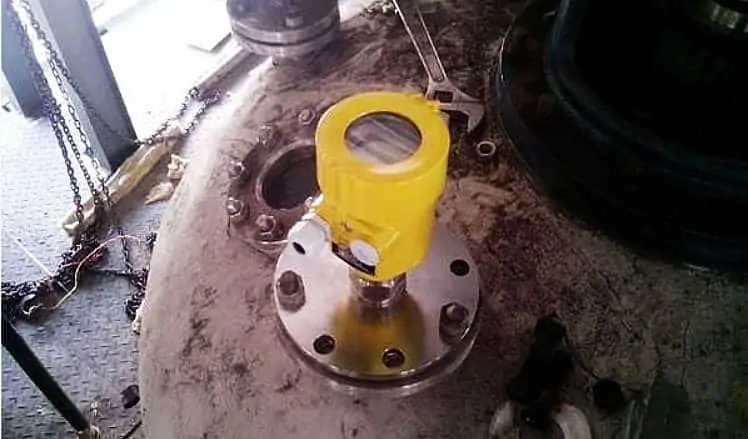
In cement plants, most of the raw materials are granular materials, and some are block materials. Such as limestone, raw coal, shale, etc., the semi-finished clinker is also a granular material. Stored in a warehouse or warehouse, there is an angle of repose of the material, but there is also a reflective interface.
According to the angle of repose and surface condition of the material formed by the feeding and unloading. After determining the effective range, it is recommended to use a non-contact Radar level sensor. That is a level gauge with a rod-shaped or horn-shaped antenna. The level gauge of the horn antenna has a stronger echo and higher accuracy (±0.2%~±1%F.S).
2. Powdery materials
There are generally 4 to 8 cement warehouses in cement plants or grinding stations. In addition, there are raw meal homogenization silo and fly ash silo, which is all powdered materials. Because the surface of the powder is extremely loose, microwave reflection is quite difficult. If the Radar level sensor is not used, it is very difficult to measure its level.
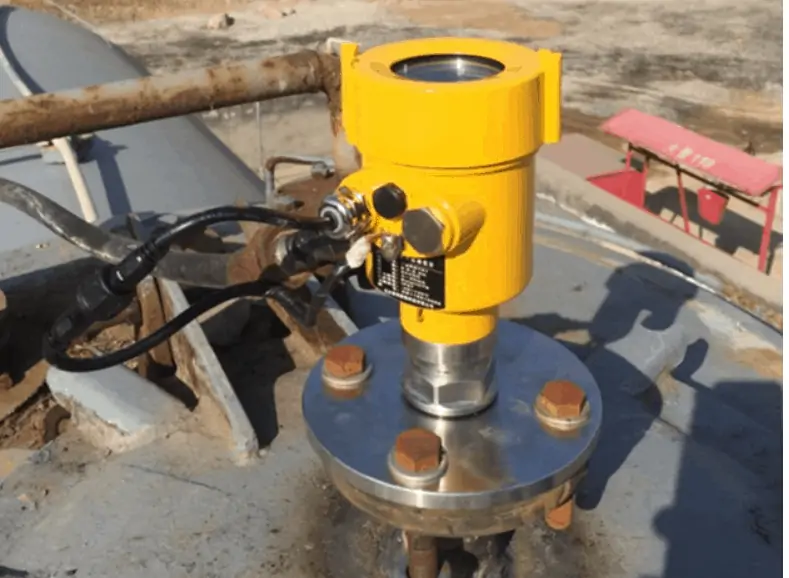
For powdery materials, a non-contact Radar level sensor with a horn antenna with a large flange can be used. It actually uses the cable as both an antenna and a still pipe, combining the two into one.
After the microwave pulse is emitted from the probe, it propagates along the cable. When the pulse meets the surface of the material, it will be reflected back, and its range can reach 35m. The dielectric constant ε of the tested material is at least 1.6. In addition, the cable’s wear resistance and the maximum endurable pull-down force. It can meet the testing requirements of various powder storages in cement plants.
At present, many cement plants have used the cable Radar level sensor to measure the material level of the homogenization silo, cement silo, and fly ash silo. Both have achieved good results.
Extended Reading: FMCW Radar for High Temperature Level Sensor
Solid level measurement techniques
Solid level measurement is a challenge for everyone. Because the bulk solids detected in the silo or storage tank are irregular physical forms.
Solid level measurement is a very difficult task. But knowing the amount of bulk solids in a silo, storage tank, or other container is an important variable in any process. Manufacturers can maximize efficiency, prevent overflow, exhaustion, or track volume or quality.
The use and selection of the Solid level measurement instrument are more complicated. Because the tested medium is an irregular physical form. SIRD-903 26 GHz Radar level Sensor is suitable for Dust solid level measurement. It is used in solid materials, strong dust, easy to crystallize, and condensation. Such as calcium carbonate powder level measurement.
Extended reading: Solid flow meter | For bulk solids-powder-soybean-cement
Common level sensors for solids
The analysis of common level sensor for solids is as follows:
| No. | Type | Pros and cons |
|---|---|---|
| 1 | Rotary resistance level sensor | Advantages: more reliable; Limitations: Not durable. |
| 2 | Capacitive level sensor | Advantages: more durable; Limitations: Poor reliability. |
| 3 | Permanent magnet level sensor | Advantages: reliable, sensitive, and durable; Limitations: It must be installed vertically. |
| 4 | Ultrasonic level sensor | Advantages: non-contact. Limitations: Dust influence/concave-convex surface influence/noise non-contact type; |
| 5 | Radar level sensor | Advantages: non-contact. Limitations: required dielectric constant/dust influence/concave-convex surface influence; Recommendation: use a four-wire radar with a high transmitting frequency |
| 6 | Guided wave radar level sensor | Advantages: measurement of a certain point. Limitations: The dielectric constant has requirements/hanging materials/tension influence; Extended reading: GWR Solid Level Sensor-for Cement silo-Ash powder measure |
| 7 | Laser level sensor | Advantages: non-contact Limitations: Dust influence/concave-convex surface influence |
| 8 | RF admittance level sensor (capacitive level sensor) | Advantages: point contact Limitations: required dielectric constant/time drift/temperature drift/hanging material/tension; |
| 9 | Hammer type level sensor | Two types: cable type and belt type Advantages: direct measurement/manual control Limitations: traditional cable-type heavy hammers are prone to broken hammers, buried hammers, and messy ropes Recommendation: Belt type heavy hammer |
| 10 | Ray level sensor | Advantages: non-contact, stable Limitations: Pollution/High price |
| 11 | Weighing type level sensor | Advantages: can measure mass/volume Limitations: Anti-seismic problem / unknown material condition / high price |
Extended reading: Radar Level Meter for Corrosive Liquids
Extended reading: GWR Solid Level Sensor-Cement silo-Ash powder measure
Featured level sensors for solids and liquids
FAQ
What are the different types of level measurement?
Types of Level Transmitters:
Level measurement transmitters are of seven types. Each type of transmitter works in a different way and makes it useful for different types of processes.
Capacitance Level Transmitters
Hydrostatic Level Transmitters
Magnetic Level Transmitters
Radar Level Transmitters
ultrasonic Level Transmitter
Guided Microwave Level Transmitters
Hydrostatic level transmitters
Extended reading: FMCW Radar Level Transmitter 120GHz
How do you measure silo levels?
Silo Level Sensor is specially used for level measurement of solid material silos (including fine ore silos). Perfect Solutions for Silo Level Monitoring and Control.
SI-FMF21 FMCW Radar Silo Level Sensor adopts 120GHz FM continuous wave technology, 10GHz sweep bandwidth, and has electromagnetic characteristics in the terahertz band. It has the ability to penetrate materials with a small dielectric constant. In a strong adhesion and strong dust environment, the measurement is stable without interference and does not require any purge device. The measuring distance can reach 150 meters. Perfect solutions in continuous level measurement and remote inventory management systems.Like the storage of powders & bulk solids in bins, silos, vessels, etc.
How are water levels measured?
The Water level sensor mainly has contact type and non-contact type. Different water level sensors have different working principles.
1. The first type is contact. Including single flange static pressure / double flange differential pressure liquid level transmitter, float type liquid level transmitter, magnetic liquid level transmitter, input type liquid level transmitter, electric inner float level transmission Devices, electric float level transmitters, capacitive level transmitters, magnetostrictive level transmitters, service level transmitters, etc.
2. The second type is non-contact. Divided into the ultrasonic liquid level transmitter, radar liquid level transmitter, etc.
Extended reading: Ultrasonic Level Switch-External Mounted
Extended reading: guided wave radar level sensor advantages and disadvantages
Sino-Inst offers over 10 Radar level sensor for solids level measurement. About 50% of these are Radar level meters, 40% is the tank level sensor.
A wide variety of level sensor for solids level measurement options are available to you, such as free samples, paid samples.
Sino-Inst is a globally recognized supplier and manufacturer of radar level measurement instrumentation, located in China.
Request a Quote

Wu Peng, born in 1980, is a highly respected and accomplished male engineer with extensive experience in the field of automation. With over 20 years of industry experience, Wu has made significant contributions to both academia and engineering projects.
Throughout his career, Wu Peng has participated in numerous national and international engineering projects. Some of his most notable projects include the development of an intelligent control system for oil refineries, the design of a cutting-edge distributed control system for petrochemical plants, and the optimization of control algorithms for natural gas pipelines.

